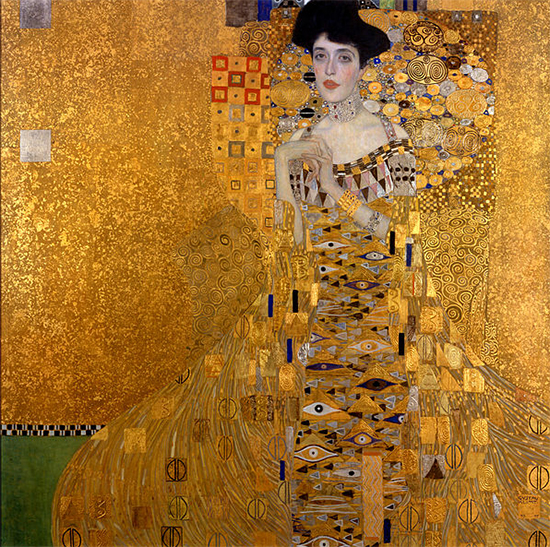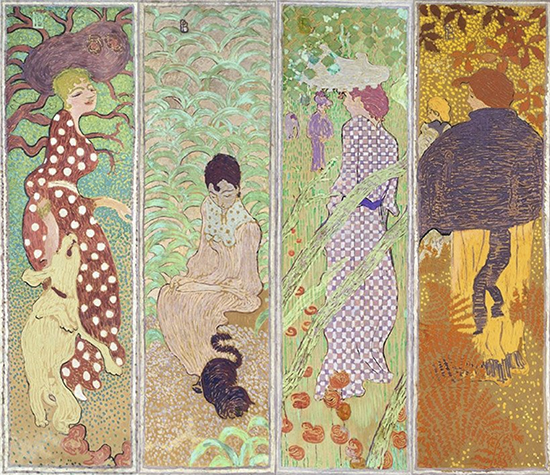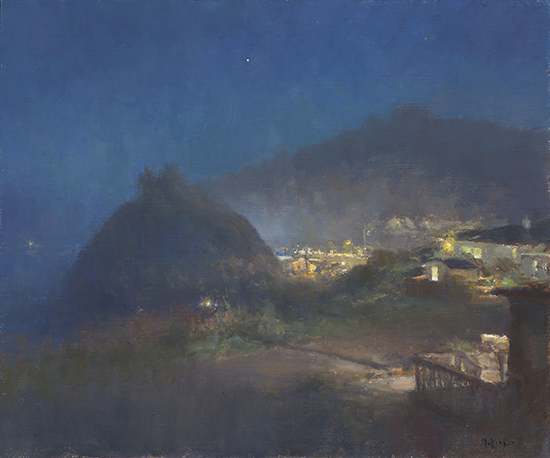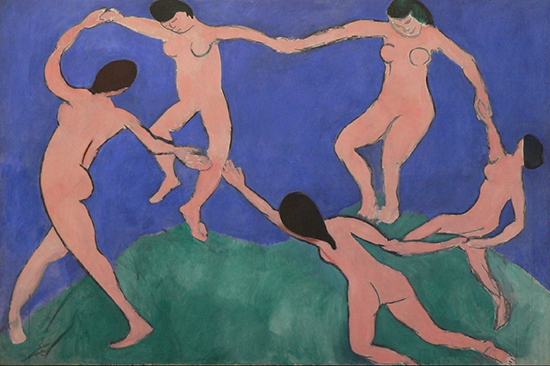Featured Book and Movie:
The Lady in Gold

Portrait of Adele Bloch-Bauer I 1907 Gustav Klimt
The Lady in Gold: The Extraordinary Tale of Gustav Klimt's Masterpiece, Portrait of Adele Bloch-Bauer by Anne-Marie O’Connor spins the story of the Austrian Bloch-Bauer family’s darkest wartime days into a detailed historical narrative journeying from Klimt’s glorious, gilded Vienna of the early 1930s to modern day sunny Los Angeles. O’Connor’s extensive historical and first-person research has allowed her to skillfully portray the Nazi occupation of Austria during World War II as an attack not only on Jewish citizens and culture, but also on Viennese art itself, to which Austria’s cultured, influential Jewish elite, including Adele Bloch-Bauer, were intrinsically tied as subjects, muses and unfailing patrons. While some were able to use their vast wealth and cultural influence as bargaining chips for their safety and survival, most of these Jewish collectors and patrons had to watch as their beloved art was stealthily divided among Nazi officers and museum curators alike for their own personal advancement and political gain in the Third Reich.
by Anne-Marie O’Connor spins the story of the Austrian Bloch-Bauer family’s darkest wartime days into a detailed historical narrative journeying from Klimt’s glorious, gilded Vienna of the early 1930s to modern day sunny Los Angeles. O’Connor’s extensive historical and first-person research has allowed her to skillfully portray the Nazi occupation of Austria during World War II as an attack not only on Jewish citizens and culture, but also on Viennese art itself, to which Austria’s cultured, influential Jewish elite, including Adele Bloch-Bauer, were intrinsically tied as subjects, muses and unfailing patrons. While some were able to use their vast wealth and cultural influence as bargaining chips for their safety and survival, most of these Jewish collectors and patrons had to watch as their beloved art was stealthily divided among Nazi officers and museum curators alike for their own personal advancement and political gain in the Third Reich.
O'Connor's writing is evocative, brimming with societal details that are able to both pull the reader into the Bloch-Bauer's salon (where Vienna's most artistically progressive upper class citizens were drawn) and also to express the violent, anti-semitic political culture stirring outside its doors. This is the story of a two-faced Austria, and the dichotomy of a society that was (and continues to be) "motivated by a love of art" while simultaneously trying to erase the brilliant non-Aryan artists and patrons responsible for its beauty. Quite remarkably, the lies, extortion and cover-ups surrounding Austrian wartime art theft persisted into modern times, delaying restitution to the Bloch-Bauer family for more than 60 years.
Able to converse with multiple relatives and friends of the Bloch-Bauers, the author (a journalist by trade) thoughtfully voices the desires and grievances of each, revealing a significant amount of gray area in the modern international restitution process. She lays bare the family's conflict between atonement and peace after so many generations and the power that one particular painting has had over so many across the world.
And not to be missed . . .
"Woman in Gold," the 2015 film directed by Simon Curtis is played by a wonderful cast (including Helen Mirren and Ryan Reynolds) and is so visually stunning that you will want to begin planning a trip to Vienna. However, if you are looking for a film that stays true to the book, this may not be the one for you. The film follows the story of Adele Bloch-Bauer's niece, Maria Altmann, telling the tale of the titular painting through her eyes. While Maria is quite a significant character in the book, the film leaves out other critical family members, friends, and works of art, changing the Bloch-Bauers' living situation and in turn the entire family dynamic. But the condensed timeline of the film and pared down cast of characters is understandable considering the shortened format available for telling such a complex story. And while Maria is depicted differently in the film than she is in the book, she is charming and charismatically portrayed by Helen Mirren. The film characters are much more emotionally engaging than their historical counterparts, allowing them to become more human than they are on the page.
The film focuses mainly on the court case, with flashbacks into Maria's frightening escape from Austria interspersed throughout. The case itself is greatly simplified, playing up the role of Maria's Austrian-lineage attorney, Randy Schoenberg (played by Ryan Reynolds), but omitting other key players. Important sentiments regarding the duality of Maria's feelings toward Austria, the sensitive topic of selling paintings that have been returned to their rightful owners (never to be seen by the public again), and the dissent of certain Bloch-Bauer family members are left unexplored. In addition, the heavy focus of the movie upon the legal proceedings turns the spirit of the movie away from art history, omitting lovely historical sections of the book focused on Klimt's studio, life and role in Austrian culture. This compelling film, however, is able to clearly convey the power that one single painting can exude across the globe, and for that alone it is worth your time.

Sara Trucksess is former curatorial and registration assistant employed over the years by The Corcoran Museum of Art, The National Gallery of Art and The Nelson-Atkins Museum of Art. With a degree in Art History and French from Harvard University, she now calls Kansas City home with her husband and 3 young sons.



 Voices of Experience:Richard K. Blades
Voices of Experience:Richard K. Blades
 ing Watercolors
ing Watercolors

 Nocturne Notes
Nocturne Notes Inspiration in Monet's Gardens
Inspiration in Monet's Gardens
 The Watercolor Medium
The Watercolor Medium
 The Perspectives Archive
The Perspectives Archive


